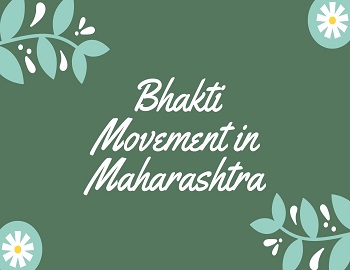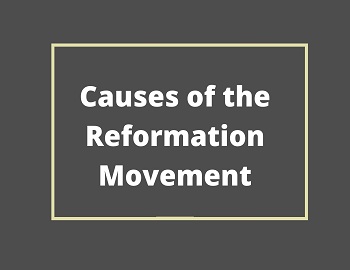Bhakti Movement in Maharashtra:
The Bhakti Movement in Maharashtra started in the 13th century with Jnanesvara or Jnanadeva who wrote a Marathi commentary on the Bhagvad Gita, commonly known as Jnanesvari. The text constitutes a religious sermon in the form of a song addressing itself to the mass of the people. His other works are Amratanubhava and Changadeva Prasasti.
The centre of the Bhakti movement in Maharashtra was the shrine of Vithoba at Pandharpur. A tailor by caste, Namdev was a contemporary of Jnanesvara. He became an ardent devotee of Vithoba, and his songs reflected the continuous invocation of his name. He criticized fasts, pilgrimages and all other external forms of religion. The most remarkable feature of Namdev was that he tore asunder class and caste distinctions.
In the sixteenth century, Ekanatha opposed caste distinctions and sympathetic towards the lower castes. He did not believe in rituals, ceremonies and other orthodox ways of worship. He composed many lyrics and his bhajans and kirtans were famous. Besides devotional songs, Ekanatha also wrote a commentary in Marathi on the Bhagavad Purana, known as Eknathi Bhagwat. He also wrote the Rukmini Swayamwar. He popularized the Vedanta philosophy and the mystic teachings of earlier saints.
Another Bhakti saint of Maharashtra was Tukaram, a contemporary of Shivaji. He was a sudra by birth who took to asceticism and the study of the works of Jnanadeva, Ekanatha and Namadeva, while still in his teens and led a life of piety and service. He struck a serious blow at the caste structure and advised the people to build a homogeneous society. He earned the gratitude of king Shivaji and advised him to go under the spiritual guidance of Ramadasa. He also worked for Hindu-Muslim unity.
Guru Ramadasa was the spiritual guide of Shivaji. He was a saint of practical temperament and systematically organized his order. He established his monasteries throughout Maharashtra to serve as centres of spiritual and practical activities. In his monumental work, Dasabodha, he combines his vast knowledge of various sciences and arts with the synthesizing principle of spiritual life. He also wrote many abhangas and some minor works, all of which inspire a deep love for the life of God-realization.
The greatest contribution of the Bhakti movement in Maharashtra was in uniting the people of Maharashtra into a nation, which greatly helped in the rise of the Maratha movement under Shivaji.









Comments (No)